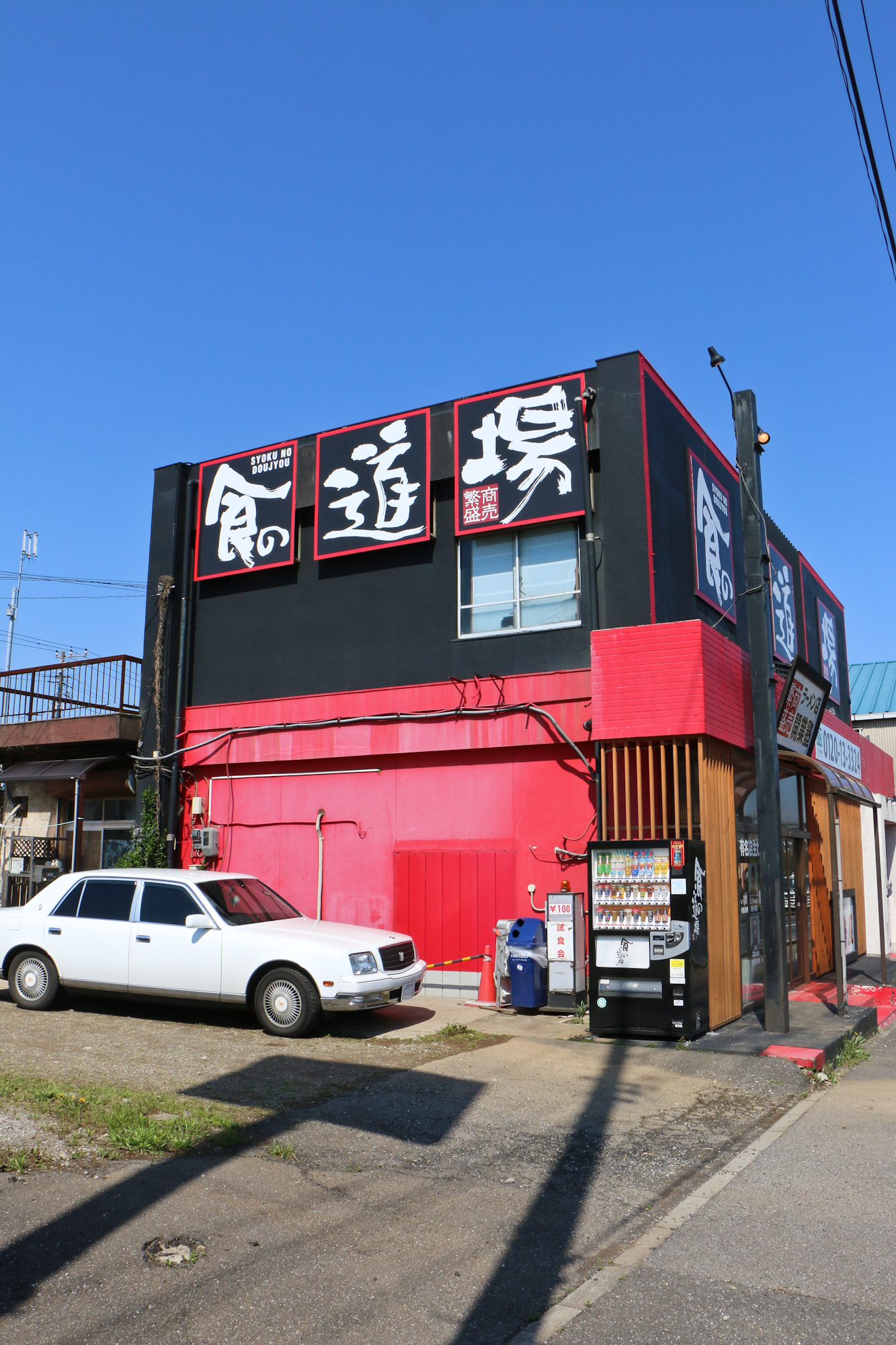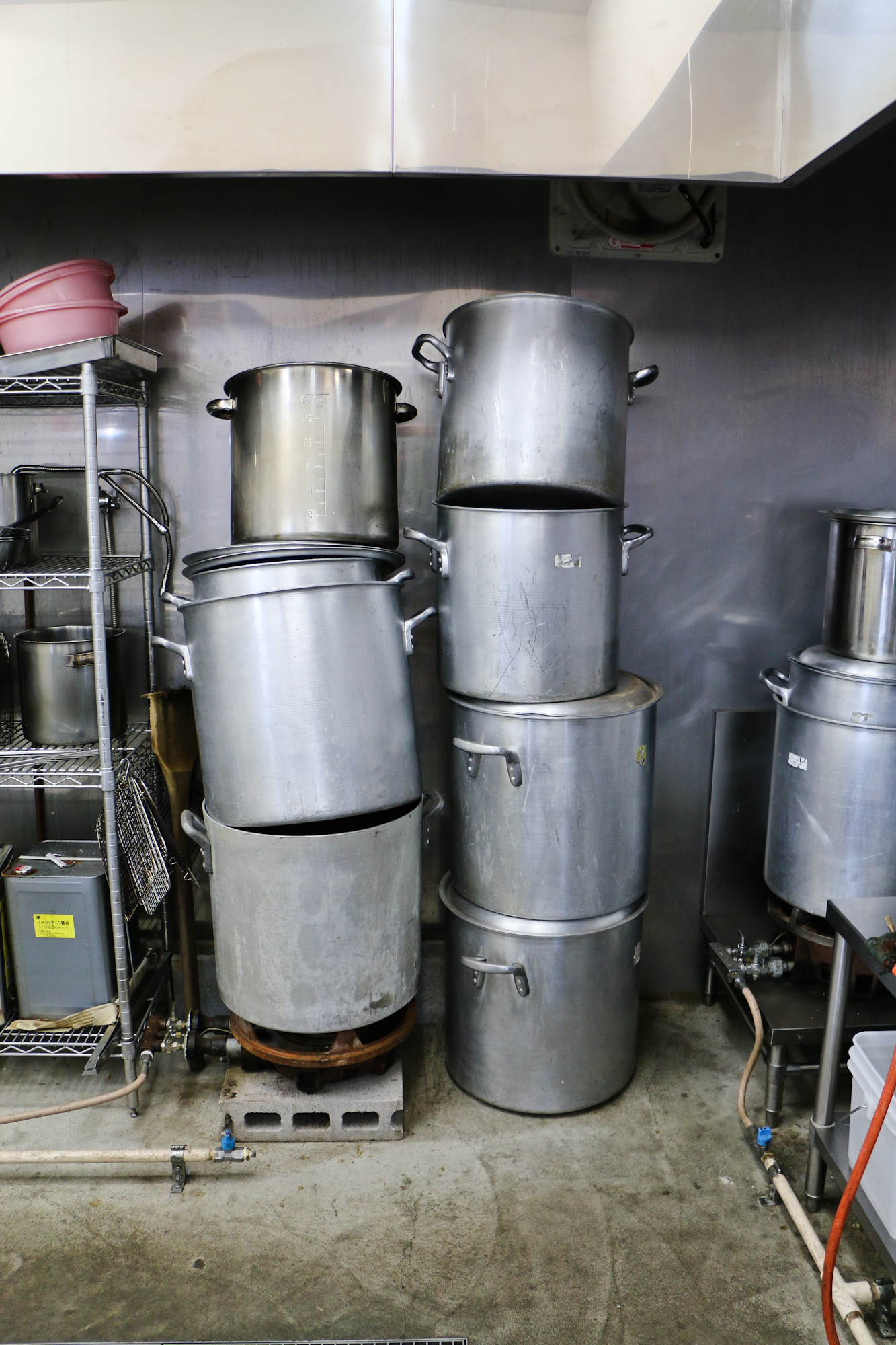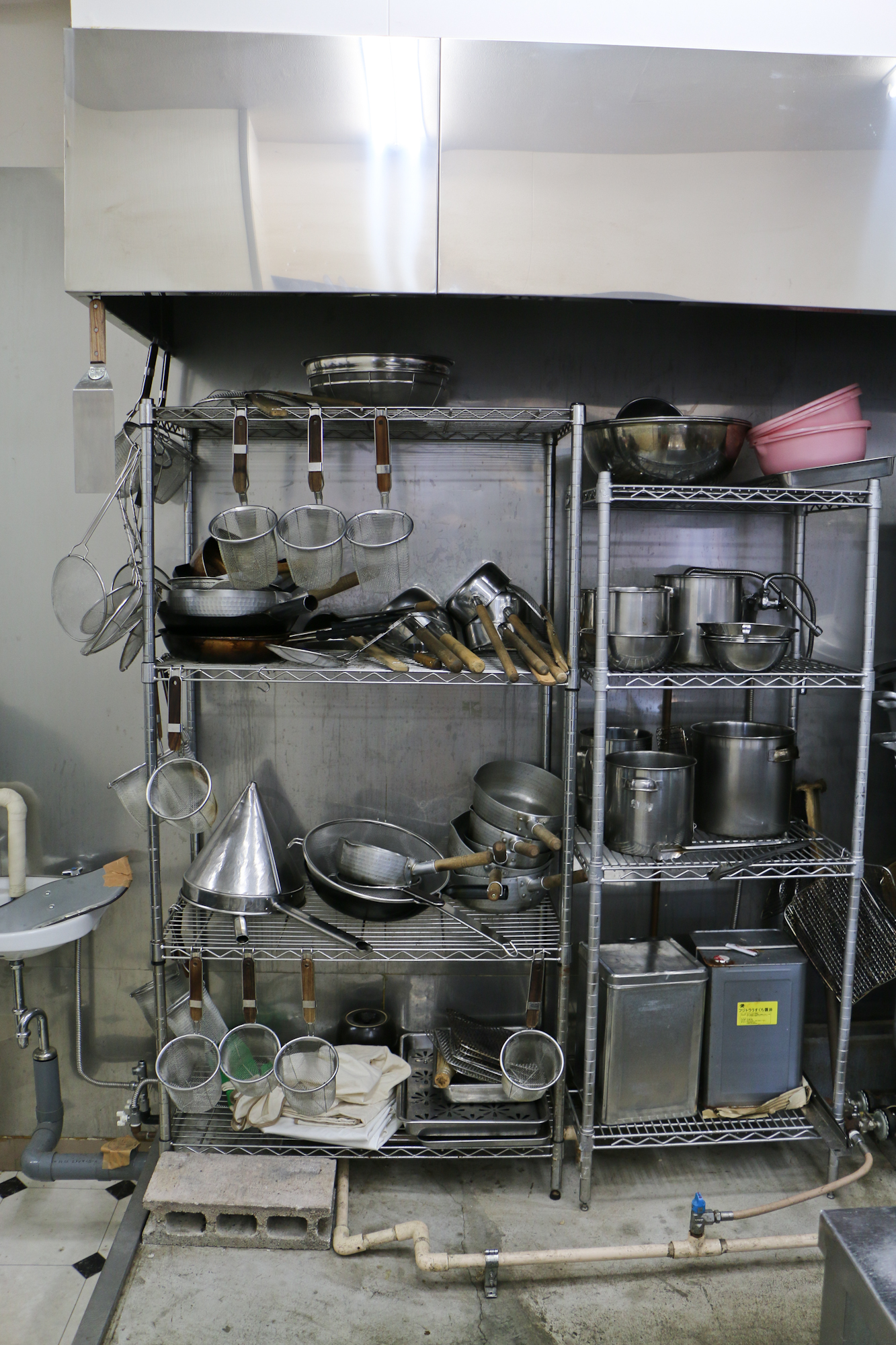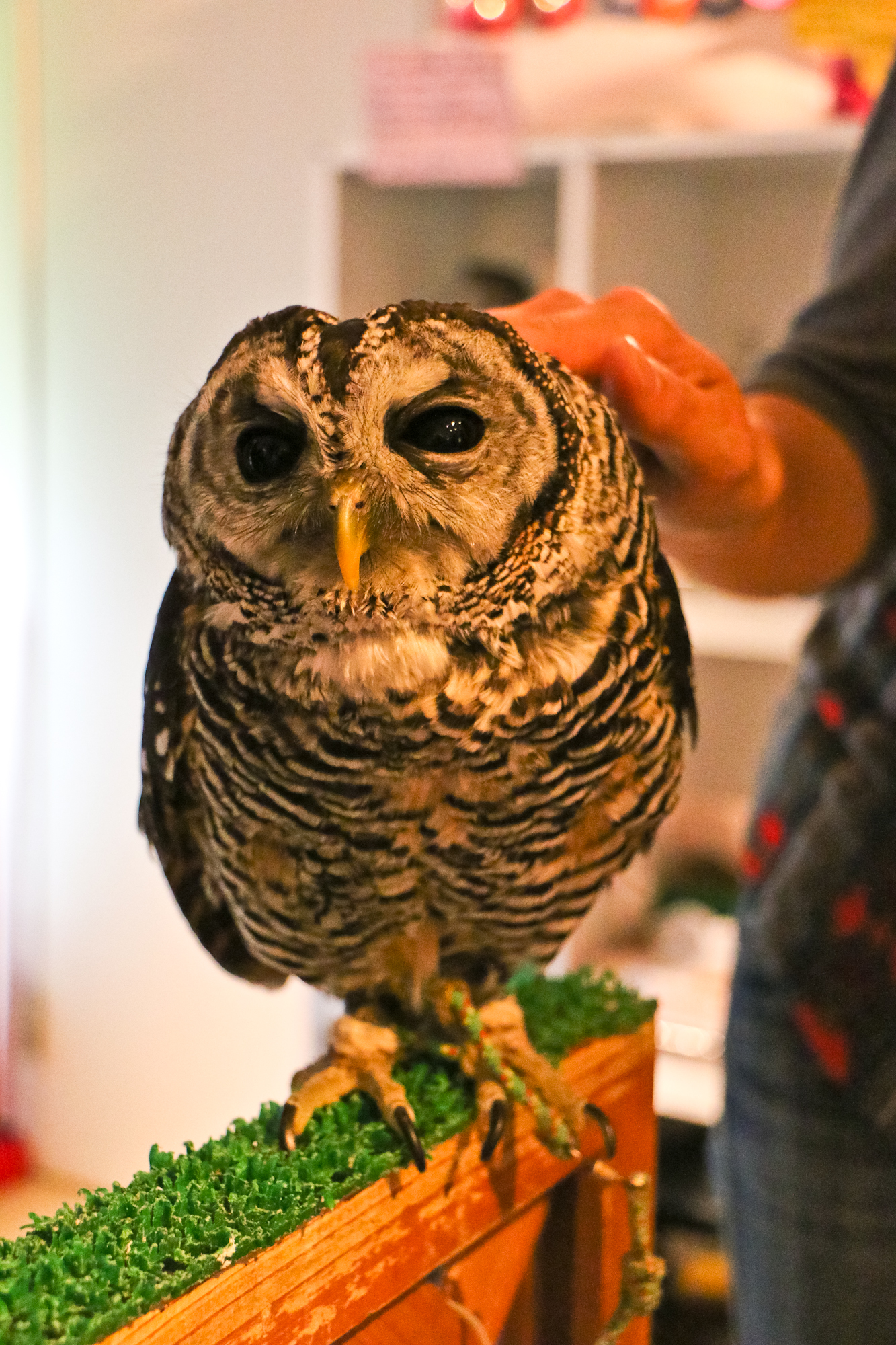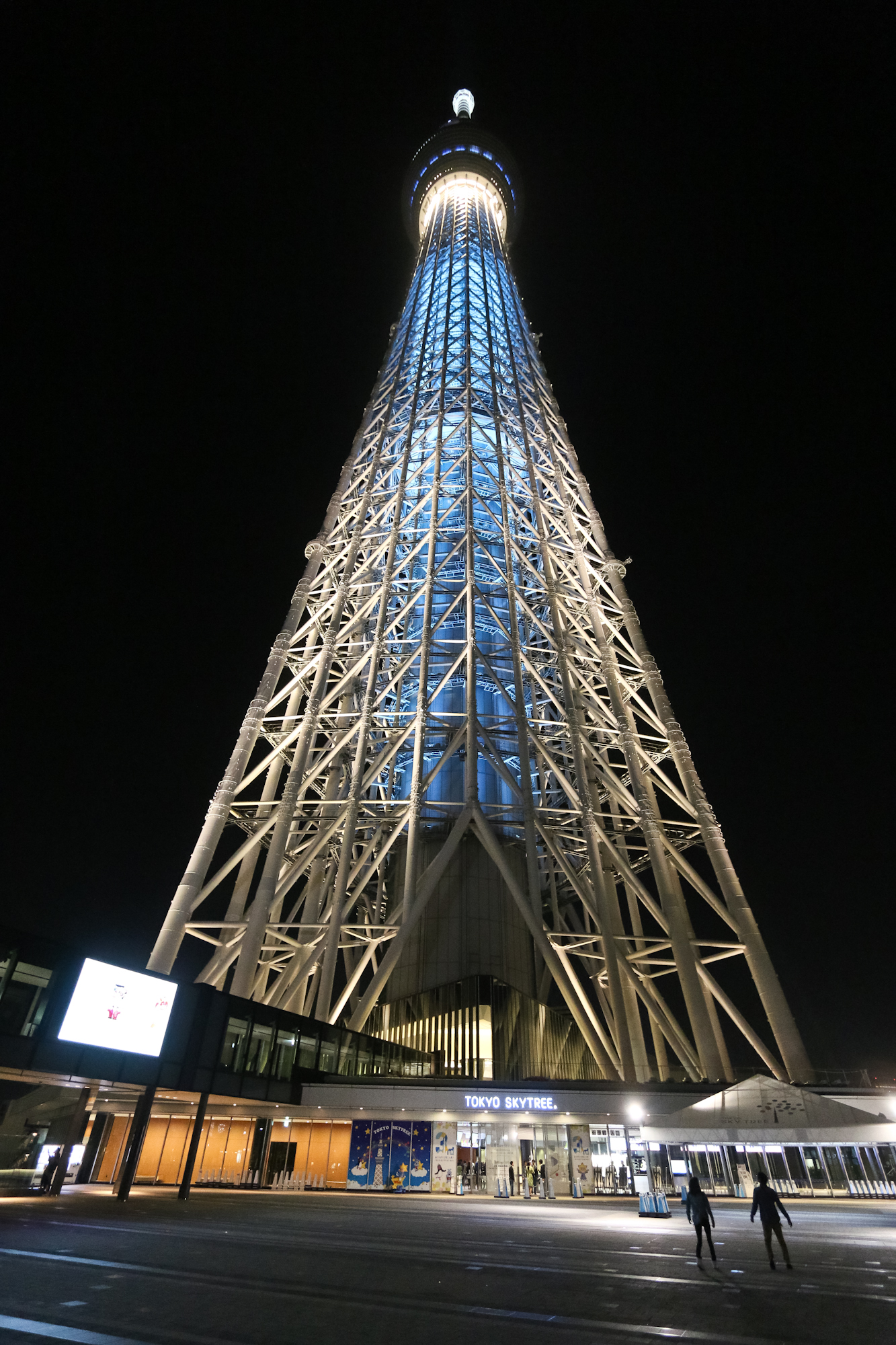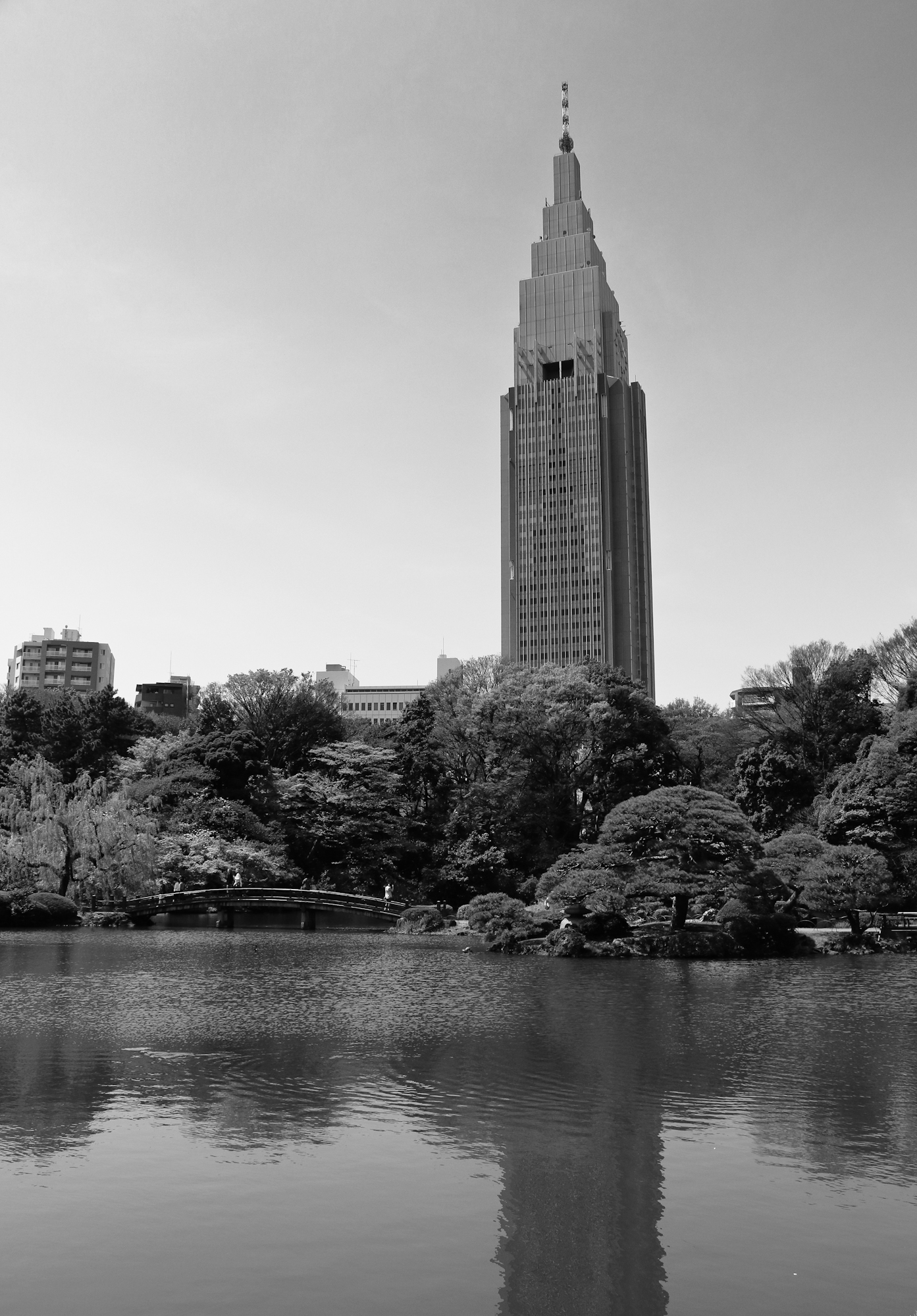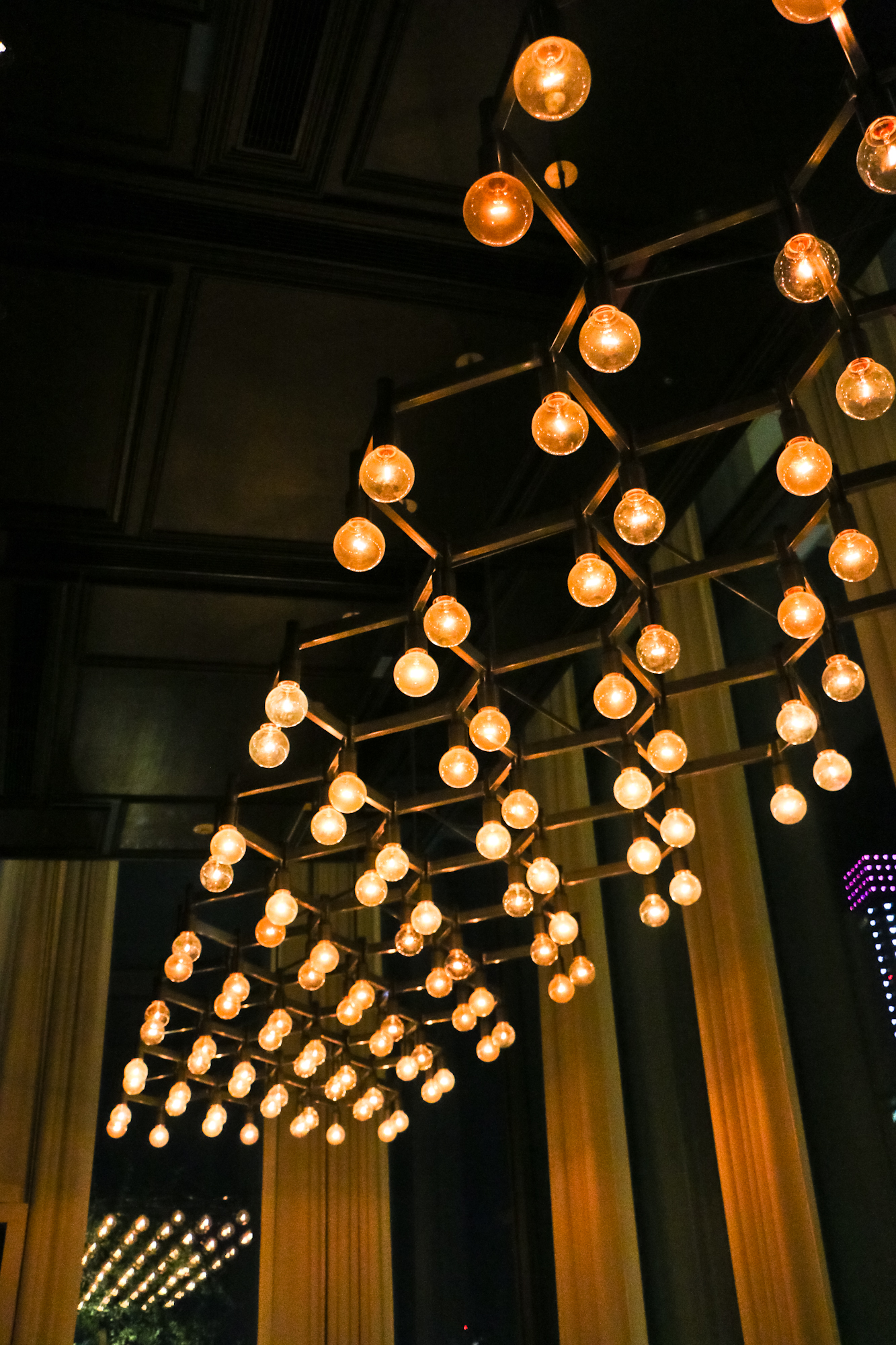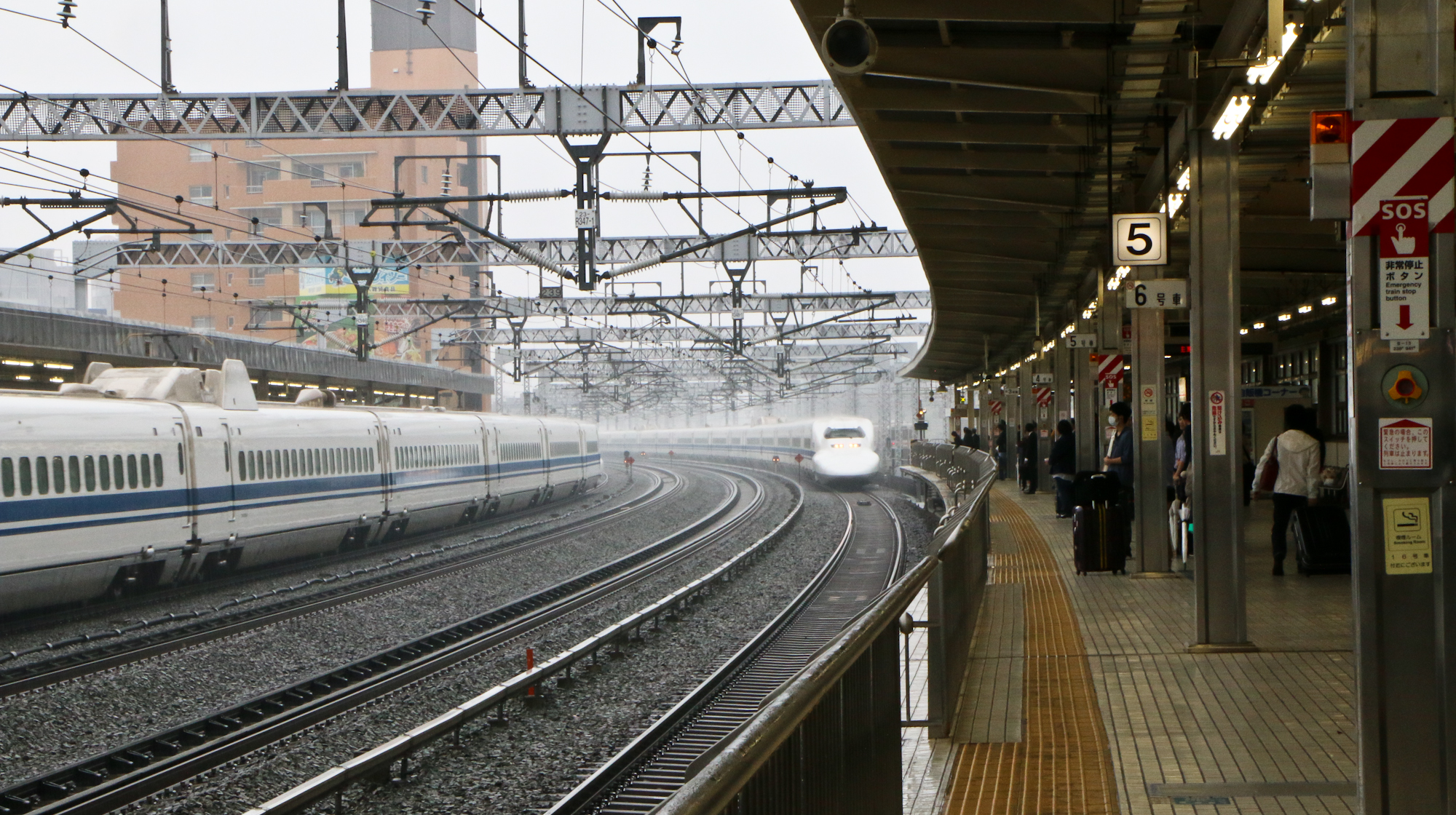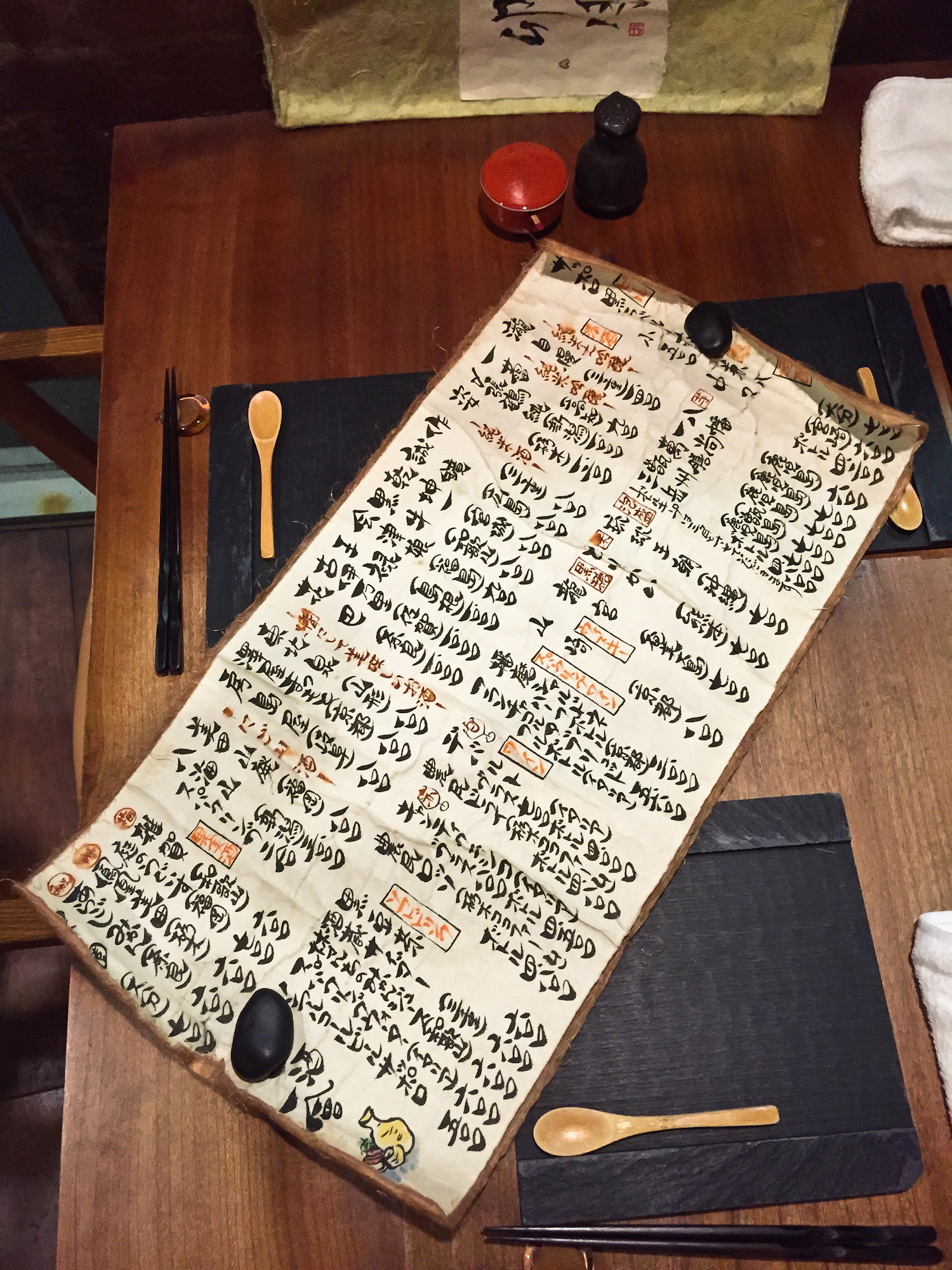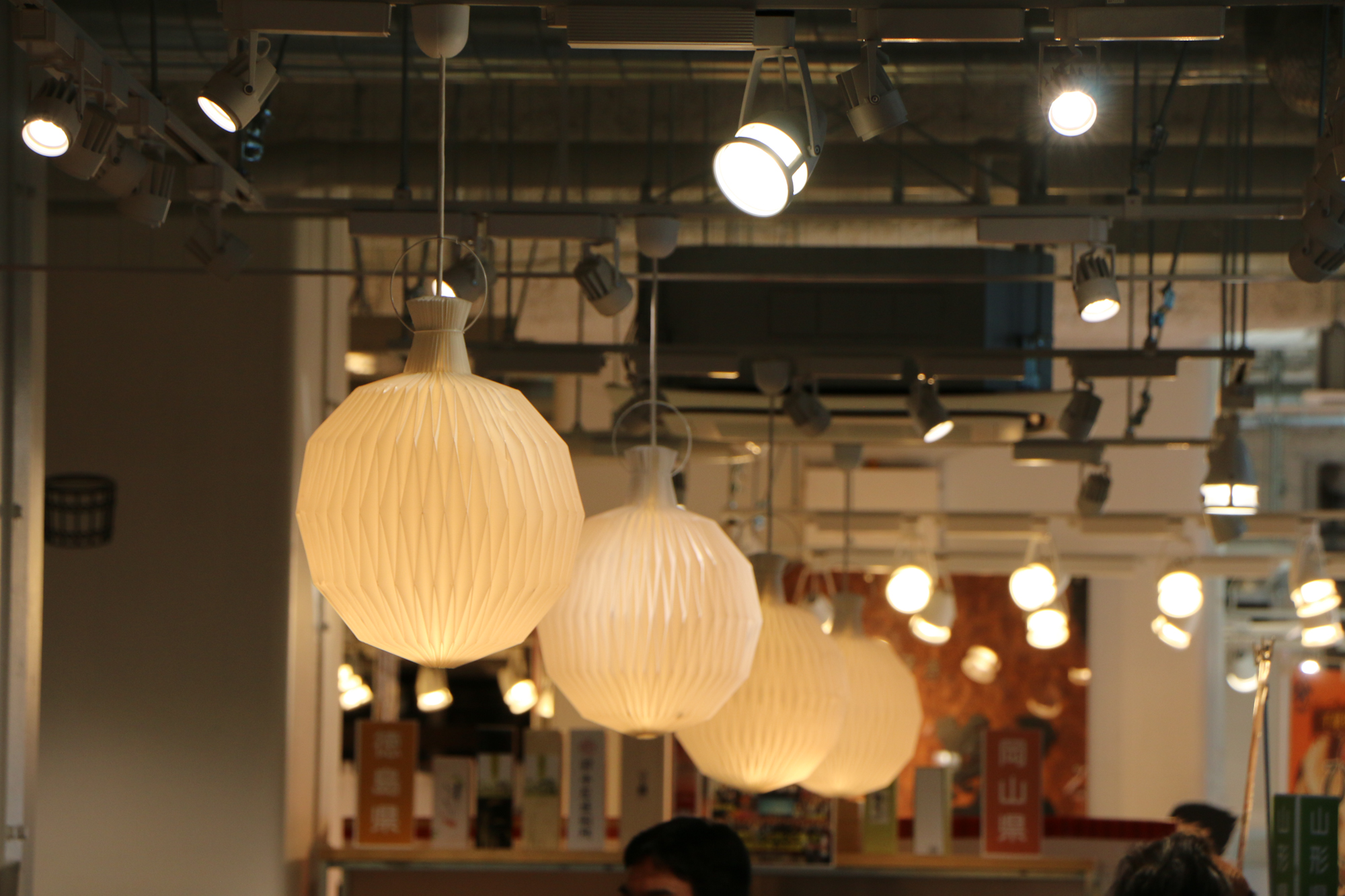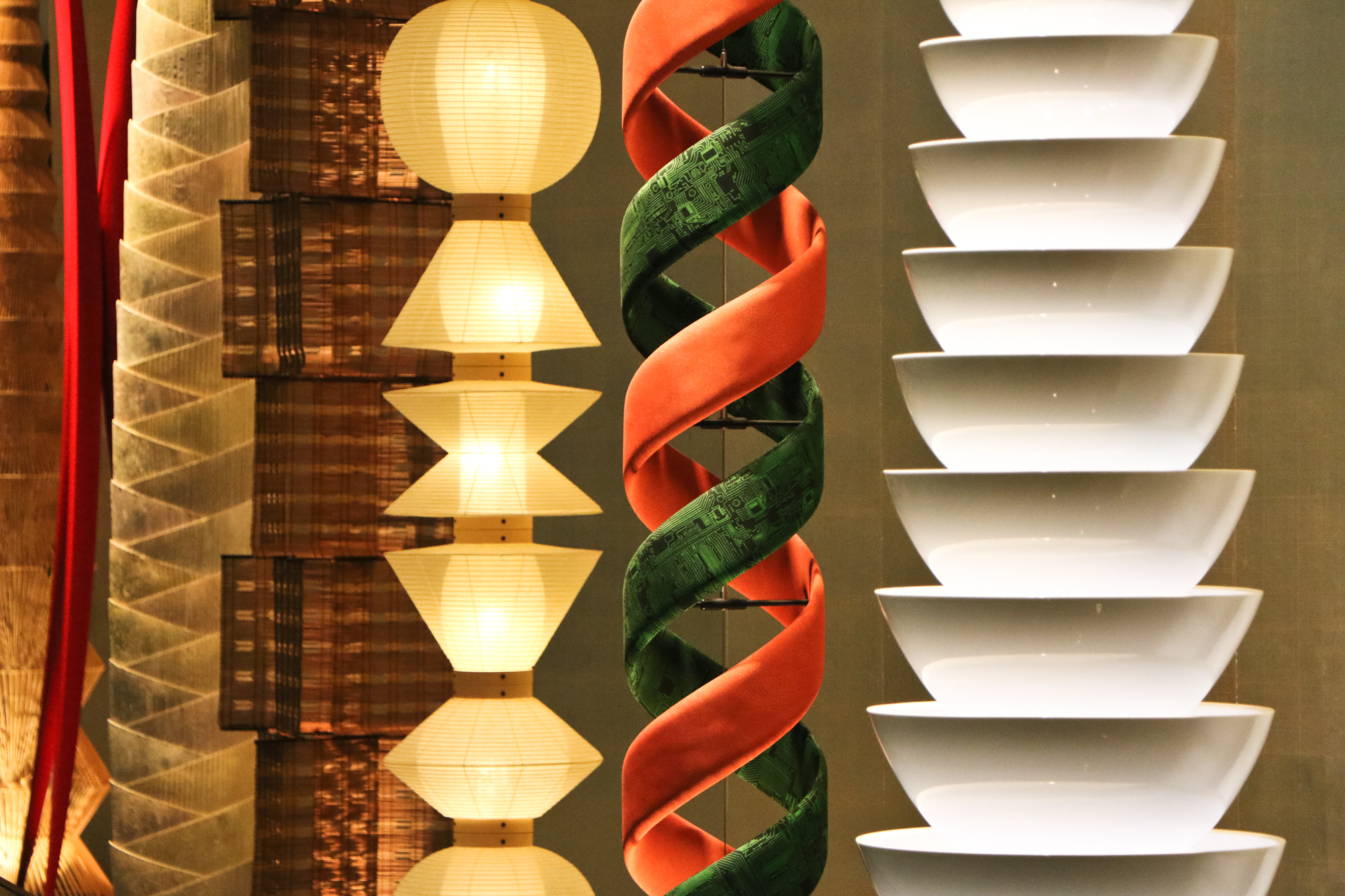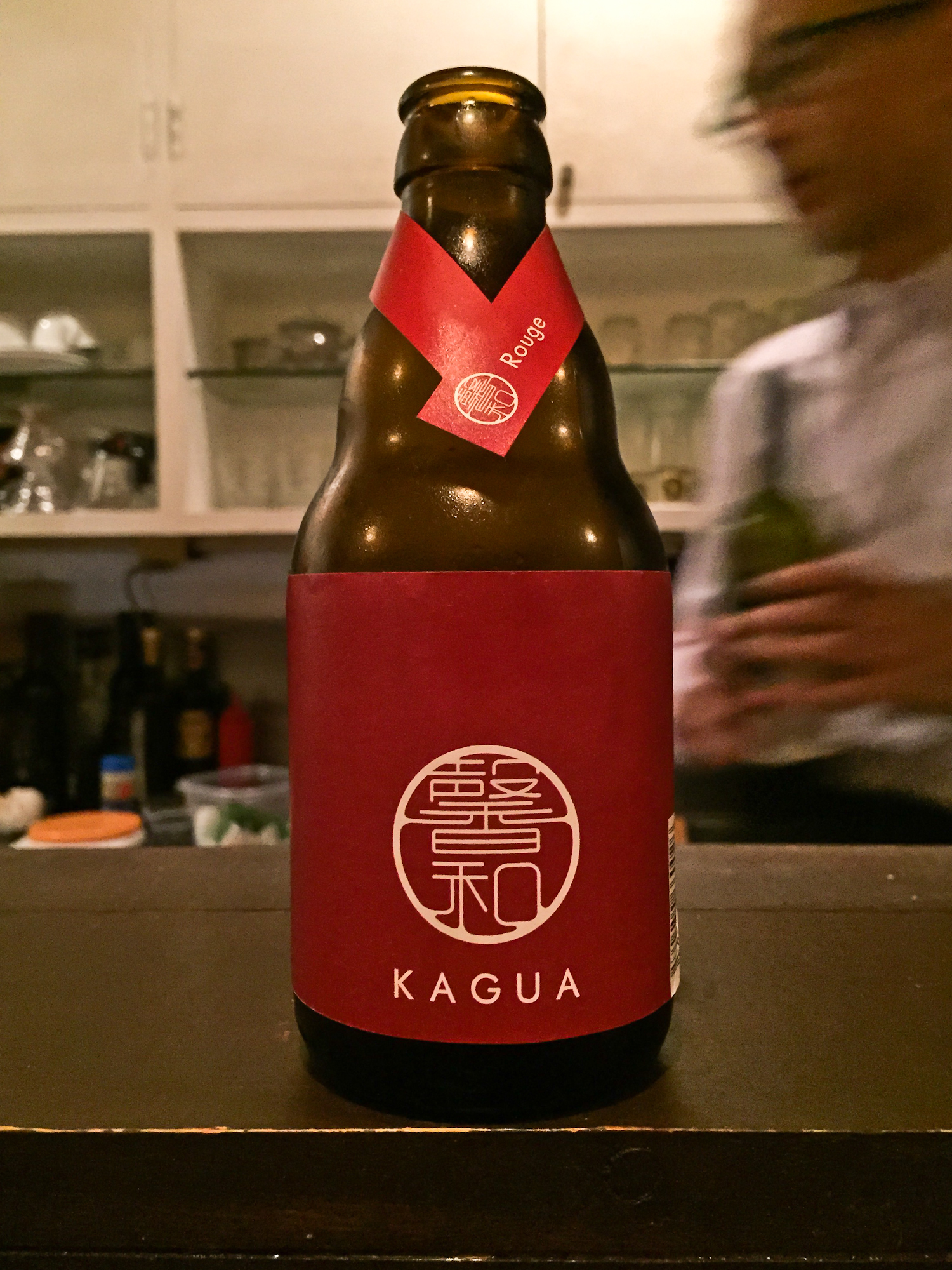Our first morning in Japan, after a jet-lagged 6:30 a.m. breakfast at Denny’s surrounded by a room of solo-dining salarymen, we took a train from Tokyo to the hinterlands out in Chiba Prefecture. A bus ride from the train station led us to our destination, Shoku no Dojo, a ramen school run by Shigekatsu Akimoto. On its English website, the school calls itself Tokyo Ramen Academy. Hiroko spent ten days there last fall, learning from Akimoto-san and a number of well-known ramen chefs. We wanted to get Akimoto-san’s advice about the finer points of designing Shiba Ramen’s kitchen, which has been an active item for us this spring. We took the opportunity to sit down with him for a talk about ramen.
Ramen School Chief. Shigekatsu Akimoto of Shoku no Dojo, explaining some of his kitchen designs.
Akimoto-san cuts an interesting figure, decked out in a black v-neck t-shirt and gold chain, and driving a long white sedan with black-tinted windows. He’s not a chef, let alone a ramen chef. He started off years ago selling restaurant equipment for a big company. He was pretty successful, and eventually struck out on his own. Over time, he built a business that not only supplied equipment, but also designed kitchens and restaurant spaces. As of today, he’s overseen some 3600 kitchen design projects, including 1000 ramen kitchens. He and his team sell the equipment, do the kitchen layouts, and often the aesthetic designs too.
In 2011, the day after the earthquake and tsunami devastated part of northern Japan, Akimoto-san led a group to the heart of the disaster zone to serve hot ramen to survivors. It must have been a shocking, searing sort of experience. Akimoto-san explained to us the scale of the destruction and the proximity of widespread death, the landscape still strewn with bodies when he arrived. He was accompanied by his friend, the well-known Japanese ramen critic, Hideyuki Ishigami. Along the way, they got to talking about why so many ramen restaurants fail. According to Akimoto-san, more than 600 of the 1000 ramen restaurants he designed are no longer in existence. Akimoto-san and Ishigami hypothesized that too many owners lack sufficient understanding of the product and are unable to adapt as trends and tastes change. Remember that with 35,000+ ramen restaurants, competition in Japan is fierce.
This conversation resulted in the founding of Shoku no Dojo. Akimoto owns the school and oversees its operations, but a gigantic picture of Ishigami is featured on the the front of the building. The school is housed in the same building as one of Akimoto’s equipment showrooms, next to a gas station, in what seems like the middle of nowhere. For two weeks every month, a handful of students come to the Dojo and learn how to make ramen like a professional. Some 95% have no previous restaurant experience! But when they finish the course, they're prepared to make above-average ramen by Japanese standards.
Akimoto-san brings in a series of notable ramen chefs to teach the ramen 101 basics, as well as their own advanced styles and techniques. There is a segment on noodles with a field trip to a noodle factory, and a segment where the students design and develop their own recipes. There is even a segment about the basics of running a small business taught by an accountant. The course concludes with the students making their recipes and serving them to real customers (at a deeply discounted price) at the bar in the Dojo.
So far, about 150 students have graduated from the Dojo. Roughly half of those have already started their restaurants, and the rest have restaurants in the works. Many of those end up using Akimoto-san's design and equipment services. Some students are thinking about big business outside of Japan. One student has opened three successful shops in Toronto, and others are targeting China and India. And, of course, Shiba Ramen here in the East Bay.
Hiroko and I are really grateful that we found the Dojo. The price of attendance was low, and Akimoto has made himself available to us, by email and in person, when we’ve had questions about ingredients, equipment, and kitchen design. It’s a great service for people like us, although you do need to speak Japanese for this to be a viable strategy for ramen education. There are only a couple of other schools like this in Japan. When we were vetting options for professionalizing our ramen, we talked to one ramen ingredient supplier who consults for startup ramen businesses. He told us that he’d recently gone to China to help someone there get started. For this service he charged $50,000 plus a percentage of the business’s profits. That kind of money is crazy talk for basic technical know-how that isn’t exactly secret intellectual property. The Dojo was an infinitely better alternative.
Next time, I’ll tell you about a different Akimoto-san, a mechanical engineer who has given up his day job at Nissan to pursue his dream of making it big with ramen in India.




